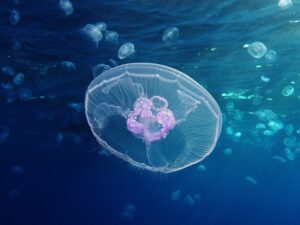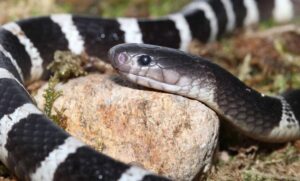In the deep blue sea, there are countless dangerous creatures, from massive animals with incredible strength to tiny organisms with deadly self-defense mechanisms. Here are the Top 10 Creepiest Sea Creatures That Will Give You Chills, a list published in Livescience magazine. Join KnowAllAnimals to explore the details in the following article.
1. Top 10 Creepiest Sea Creatures That Will Give You Chills
The deep ocean holds a myriad of mysteries, including bizarre creatures that both astound and terrify humans. From fish with strange appearances to fearsome deep-sea organisms, each species possesses unique and unbelievable characteristics. Let’s explore the Top 10 Creepiest Sea Creatures that will give you goosebumps the first time you see them.
1.1. Moray Eel
With a snake-like body, a protruding mouth, and a wide jaw, this primordial creature truly looks like the Grim Reaper. You should know that it is a type of fish, and it can grow to be nearly 2.5 meters (8 feet) long.
According to the National Oceanic and Atmospheric Administration (NOAA), a bite from the sharp teeth and powerful jaw of a moray eel will create a jagged wound that can become infected with bacteria from the fish’s mouth.
Moray eels typically hide in rock crevices or holes during the day and hunt at night. They eat any fish or other creatures they can catch.
Some NOAA experts advise avoiding a bite from this fish by not putting your hands into rock crevices or holes in the seabed and never feeding them.
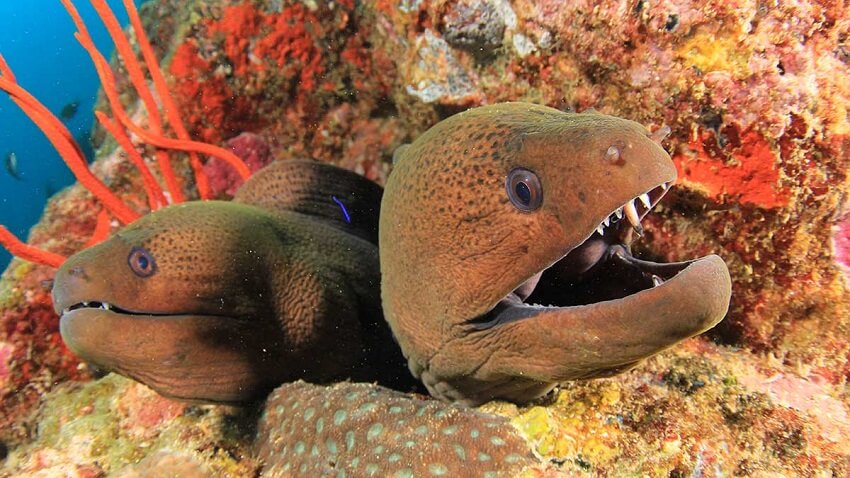
1.2. Sea Lion
Sea lions are intelligent, trainable animals and are a big attraction at circuses, but they can also bite humans because they are extremely territorial.
In California, an increase in sea lion attacks was reported at Manhattan and Newport beaches, and in San Francisco in 2006, it became a concern for scientists. Some researchers suspected that the sea lions may have eaten fish contaminated with toxins, leading to their aggressive behavior.
The city of San Diego posted a warning on its website: “Like all wild animals, the temperament of sea lions and seals can be unpredictable. They have sharp teeth and can bite, especially when they are stressed or cornered.”
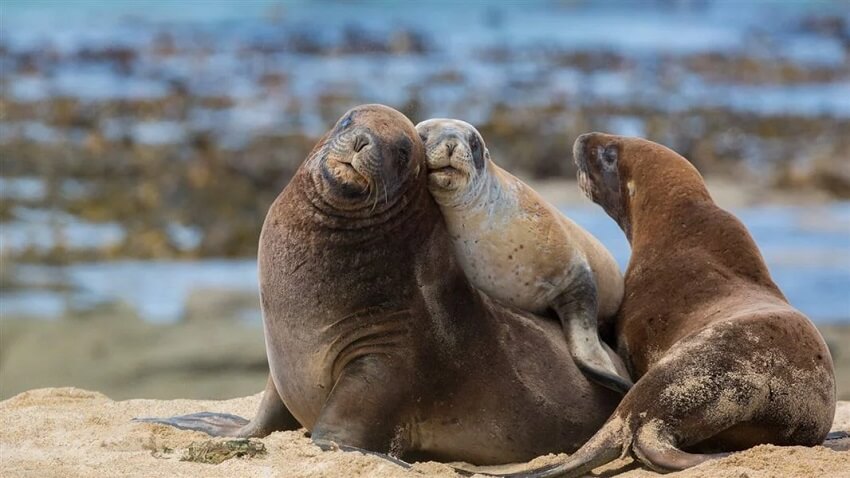
1.3. Stingray
The death of Steve Irwin, the host of “Crocodile Hunter” and one of the world’s most famous wildlife activists, in 2006 was caused by a stingray. This incident made this cousin of the shark known as one of the most aggressive and dangerous species.
The stingray’s 20 cm (8 inches) tail is like a barbed spear. It becomes stiff and sharp when the stingray senses danger. In addition to the serrated, dagger-like shape of its tail, the stingray’s venom can kill other predators.
According to the Mote Marine Laboratory in Sarasota, Florida, “Stingray venom is a large protein-based toxin that can cause excruciating pain to mammals and can also alter heart rate and respiration.” Fortunately, stingrays rarely choose humans as a target for attack.
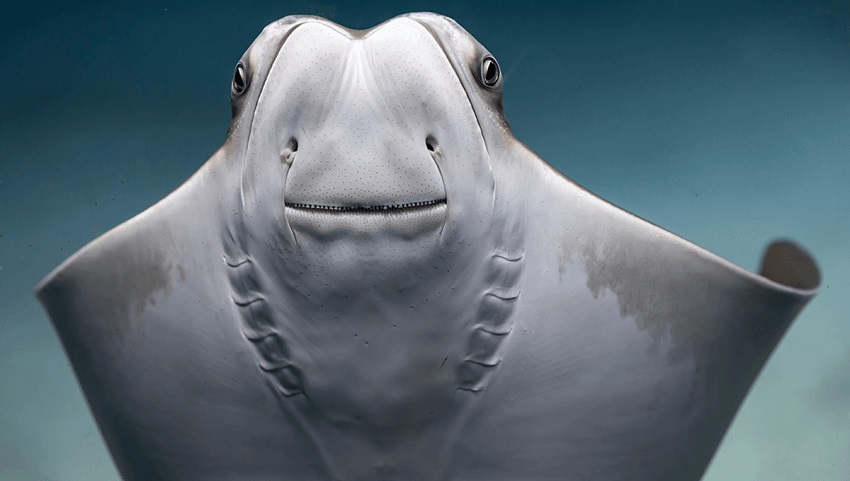
1.4. Crocodile
Saltwater crocodiles have cemented their position as one of the most ferocious animals in the wild.
They can grow to be more than 6m (20 feet) long and weigh over a ton. They are known as fierce predators of countless animals, including monkeys, kangaroos, wildebeest, buffalo, and even sharks.
Relying entirely on their immense body, crocodiles can drag even a large wild buffalo into the water. Using a signature attack method called the “death roll,” a crocodile kills its prey by locking its jaw onto the victim’s body and then spinning violently to break the unfortunate animal’s bones. This technique is also used in fights with other large animals.

1.5. Lionfish
Common in home aquariums, the lionfish sports a colorful, fan-like array of venomous spines.
According to NOAA, while not fatal to humans, the venomous spines of this fish can cause an extremely painful sting that may lead to headaches, vomiting, and difficulty breathing.
The worst of the pain from the wound usually lasts about an hour, but in some cases, the pain and itching can persist for up to a week.
While harmless inside an aquarium, lionfish are truly killers in the wild. This species has a high reproduction rate and an aggressive nature, and they feed on smaller fish. In many places, they have outcompeted other marine life.
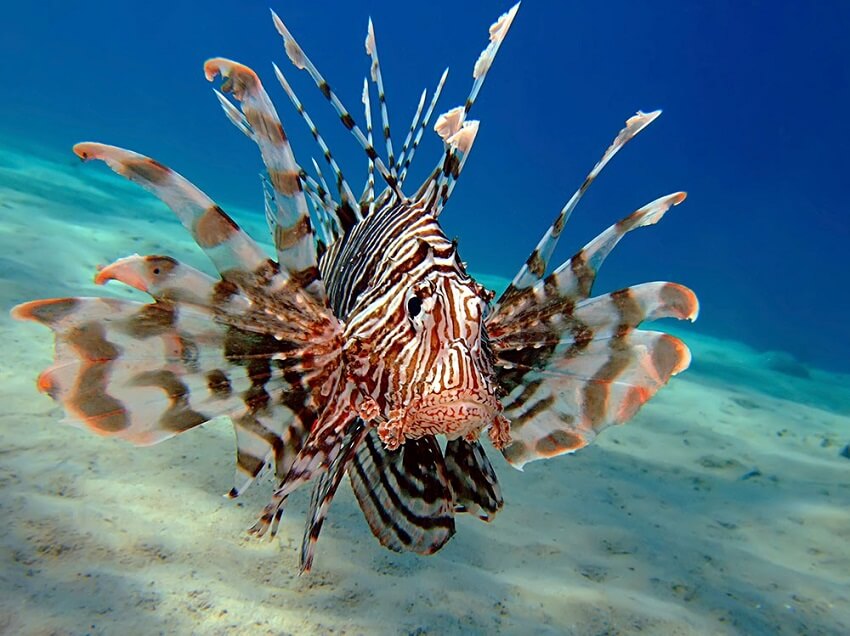
1.6. Sea Snake
Humans’ innate fear of snakes has put this aquatic reptile on the list. In reality, though, sea snakes are just a marine version of venomous land snakes.
Sea snakes are related to cobras, so they know when to use their venom. A bite from a sea snake can paralyze and kill prey in seconds. This attack method is often seen when they hunt eels, shrimp, and other animals.
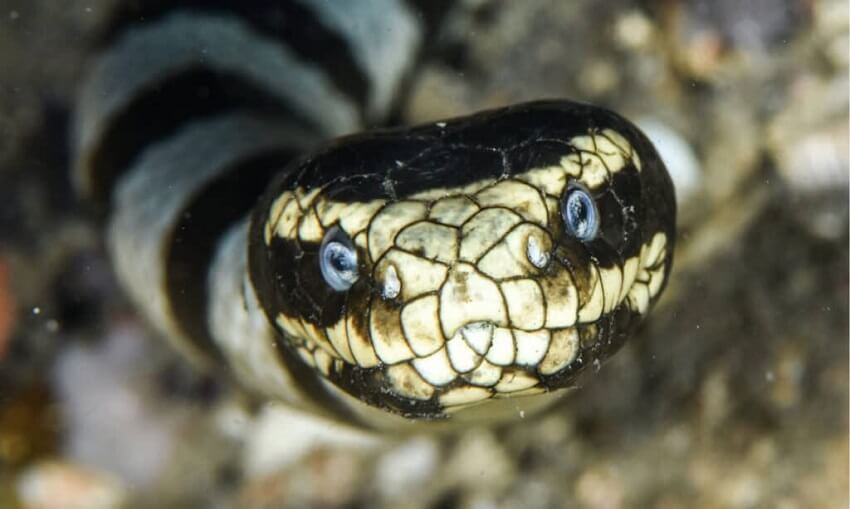
1.7. Pufferfish
The pufferfish is responsible for many human deaths, all caused by poisoning after being eaten. The pufferfish’s toxin, tetrodotoxin (a neurotoxin with the formula C11H17N3O3), is even more potent than cyanide.
Pufferfish toxin is a biologically active substance that has been studied in many countries, especially Japan, Korea, and China. It is used mainly in medicine; in particular, a drug made from pufferfish toxin has been shown to be effective in treating symptoms of drug withdrawal.
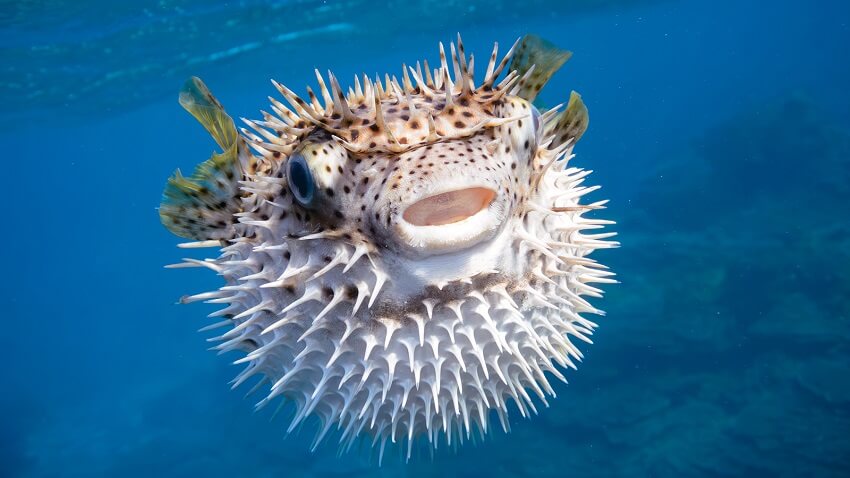
1.8. Stonefish
This fish ranks third on the list of dangerous fish for two reasons: it is one of the most potent venomous aquatic creatures, and it is a master of camouflage. The stonefish often hides in rocky reefs or among coral, looking no different from a real stone.
Stonefish do not actively attack, but humans should avoid stepping on them. The venomous spines are used for self-defense against shark attacks or other predators. Its venom can cause temporary shock or paralysis but can also be fatal if not treated in time.
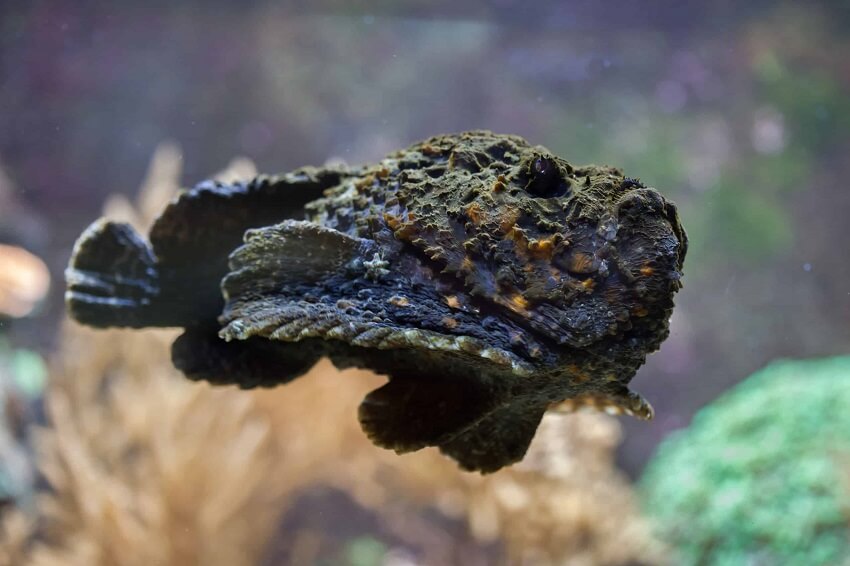
1.9. Shark
The Great White Shark, the great predator of the ocean, cannot be left out when talking about dangerous marine animals. While more sharks are actually killed by humans than humans are eaten by sharks, this species still inspires a natural fear in people.
Sharks eat everything: fish, seals, birds, squid, baby sharks, dolphins, and even floating objects like old tires. They can be as long as 5.5m (18 ft) and weigh over a ton.
Sharks are found in many temperate and tropical waters, and they are common around the islands in the central Pacific. The Great White Shark is considered the most aggressive and belligerent of all shark species.
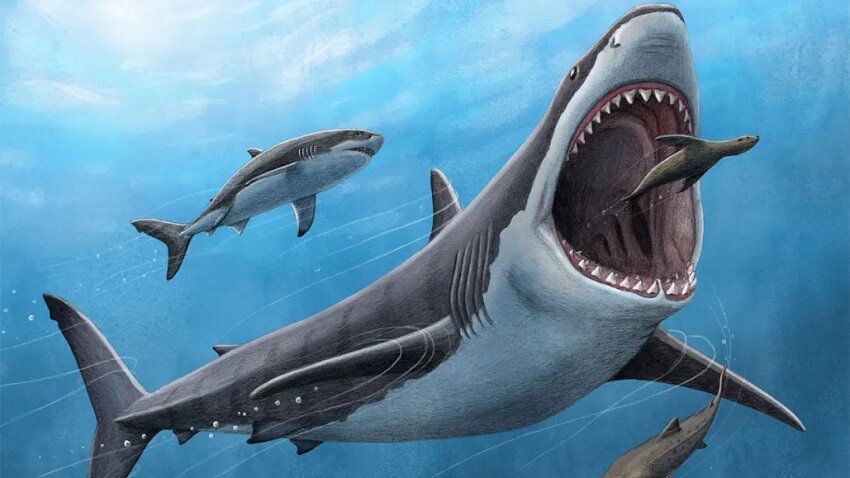
1.10. Box Jellyfish
This slimy creature is a much deadlier menace than the shark.
Although there is no official data, many pieces of evidence and statistics show that dozens or even hundreds of people die each year from box jellyfish stings. These jellyfish live in all oceans around the world.
According to the U.S. National Science Foundation, between 20 and 40 people die from box jellyfish stings each year in the Philippines, and they have declared the “box jellyfish plague to be serious.”
An Australian box jellyfish can have dozens of tentacles, each over 4.5m (15 ft) long, with enough venom to kill 60 people. The sting of a Chironex fleckeri box jellyfish can kill a person in just three minutes. Box jellyfish in Hawaii, Florida, and other parts of the U.S. can cause heart failure.
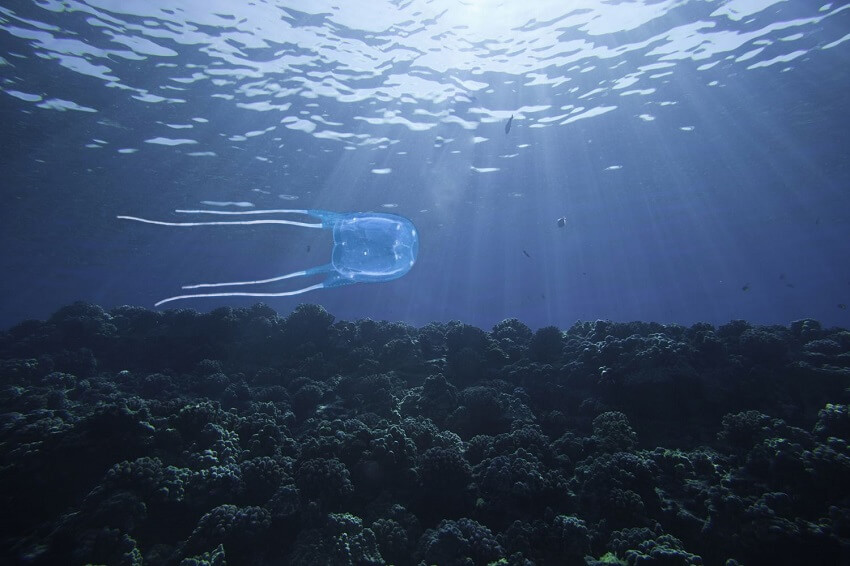
2. FAQs
1. Which animal on the list has the most potent venom and can cause a quick death?
The Box Jellyfish (Chironex fleckeri) is one of the most dangerous venomous marine animals. The Australian box jellyfish can kill a person in just a few minutes if stung.
2. How dangerous is the stonefish to humans?
The stonefish uses exceptional camouflage, blending in with coral reefs and hiding among rocks. If a person accidentally steps on it, the venomous spines can cause paralysis or even death if not treated promptly.
3. What toxin does the pufferfish have, and why is it considered dangerous?
The pufferfish contains tetrodotoxin, a very potent neurotoxin that can be stronger than cyanide, causing fatal poisoning if the fish is not prepared correctly for consumption.
4. Does the sea snake only attack people when provoked?
Sea snakes rarely attack humans unprovoked, but their venom can cause very rapid paralysis and death if a person is bitten. They use their venom to hunt prey such as eels, shrimp, and other small animals.
5. What is the saltwater crocodile in the ocean, and how dangerous is it?
The saltwater crocodile is a massive species that can grow to over 6m (20 ft) in length and weigh more than a ton. With its powerful jaws and brutal attack technique (“death roll”), it can drag large prey like buffalo into the water and kill it.
3. Conclusion
The ocean is not only vast and mysterious but also home to creatures with strengths and characteristics that both amaze and frighten humans. From the deadly venom of the box jellyfish to the ferocity of the saltwater crocodile, all of them serve as a reminder that nature can be incredibly beautiful but also very harsh. Understanding these Creepiest Sea Creatures not only satisfies our curiosity but also helps us live more safely especially when in contact with the marine environment.


